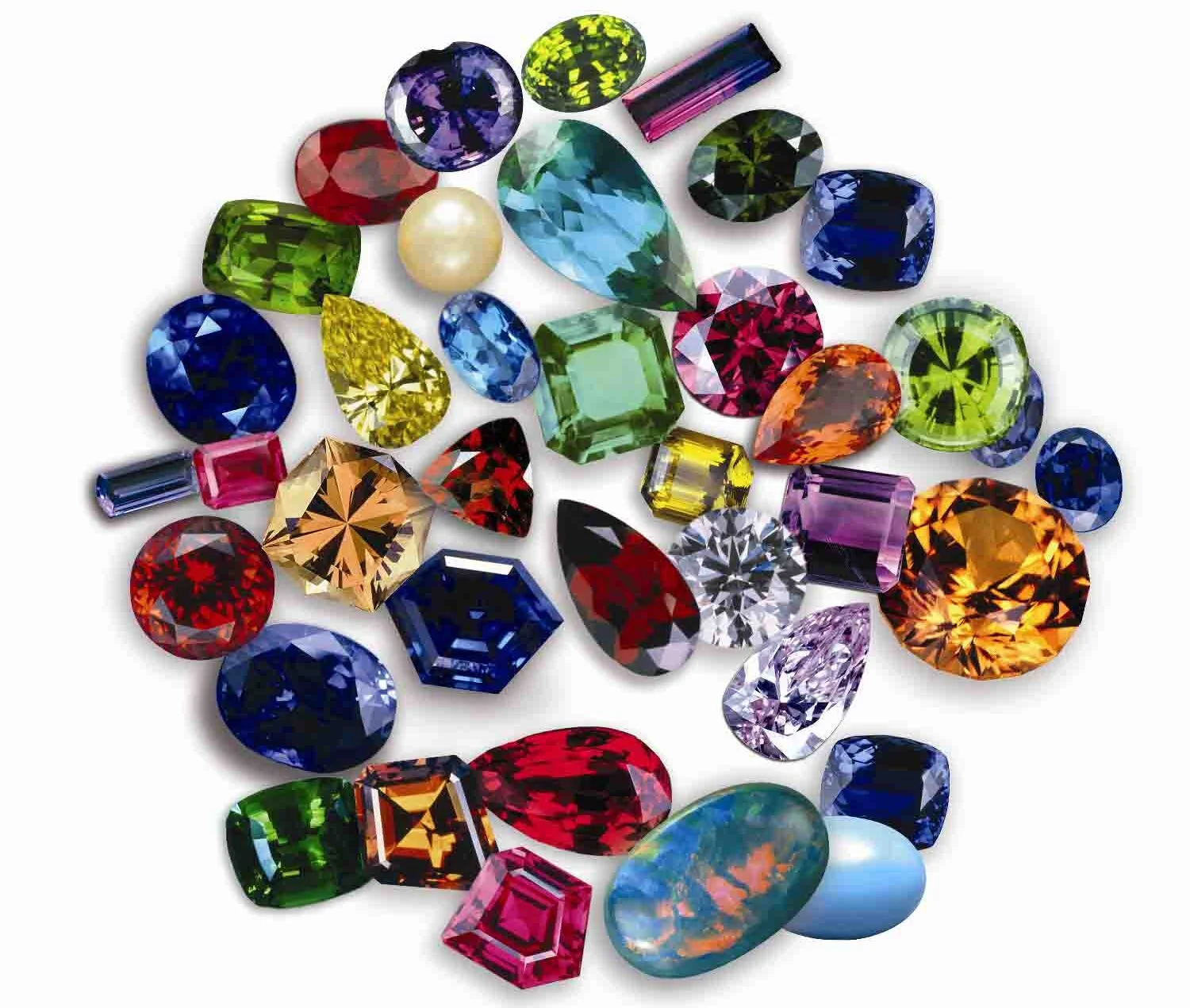The Sri Lanka Gem and Jewellery Association (SLGJA) has issued a renewed call for urgent reforms as the domestic industry grapples with a downturn driven by skyrocketing gold prices and persistent policy challenges hindering growth.
Local jewellery sales have experienced a significant decline, while exporters are contending with a complex regulatory framework that has diminished their global competitiveness. The adverse effects of these challenges are evident in the sector’s export performance, which saw positive year-on-year (Y-O-Y) revenue growth reported only in February and May 2024.
For the first eight months ending in August 2024, the sector recorded cumulative revenue of $214.31 million, marking an 18.69% Y-O-Y decline compared to the same period in the previous year.
According to the SLGJA, this decline can be directly linked to inconsistent government policies that have made it increasingly difficult for businesses to operate effectively.
Sellakumar Kandasamy, an Executive Committee Member of SLGJA, stated, “The decline is largely due to several policy changes, including the introduction of high taxes. The regulatory environment has become more complicated. This industry is unique compared to other export sectors; excessive restrictions will lead businesses to seek opportunities elsewhere.”
Access to raw materials is a crucial factor affecting the sector’s export performance. The industry heavily relies on imported rough stones, which constitute 50-60% of Sri Lanka’s gem and jewellery exports. However, dealers face numerous challenges at entry points, such as complex duty procedures and lengthy valuation processes, prompting them to conduct business in more convenient locations abroad.
“The global prices are beyond our control, but we can influence our policies and procedures to create an enabling environment for business survival. Over 40% of local sales are made to foreign buyers. Thus, reforms, particularly in taxation, are vital for enhancing our products’ competitiveness,” Kandasamy added.
He also highlighted that soaring gold prices are expected to impact local sales more than the export sector, as affordability becomes a pressing concern for consumers.
“The effect of these prices will inevitably trickle down to the export sector, as it ultimately depends on buyer preferences. In Sri Lanka, there is no official mechanism for purchasing gold, and the industry mainly relies on scrap gold accumulated through pawning or what customers bring in,” he explained.
To tackle these issues, the SLGJA has consistently advocated for stable policies, tax reforms, and increased cooperation from authorities to support the entire gem and jewellery industry.
“We have submitted proposals to all parties before the election and are now awaiting meaningful discussions with the current government. Addressing these issues requires comprehensive reforms rather than ad hoc decisions that benefit only one segment of the chain. Sustainable growth can only be achieved through a holistic approach,” Kandasamy asserted.


